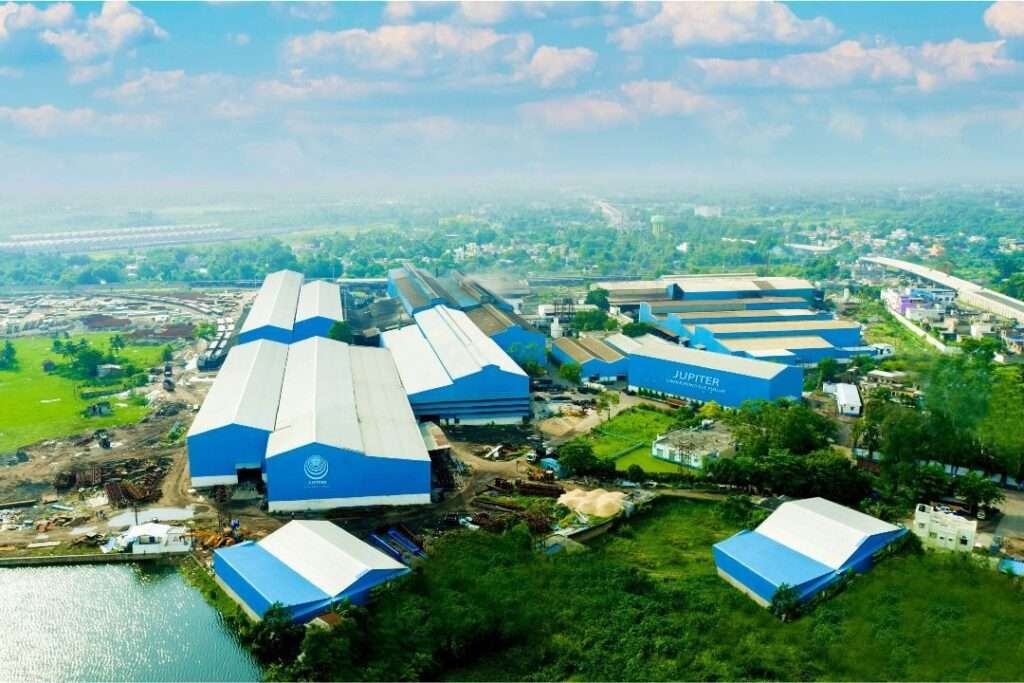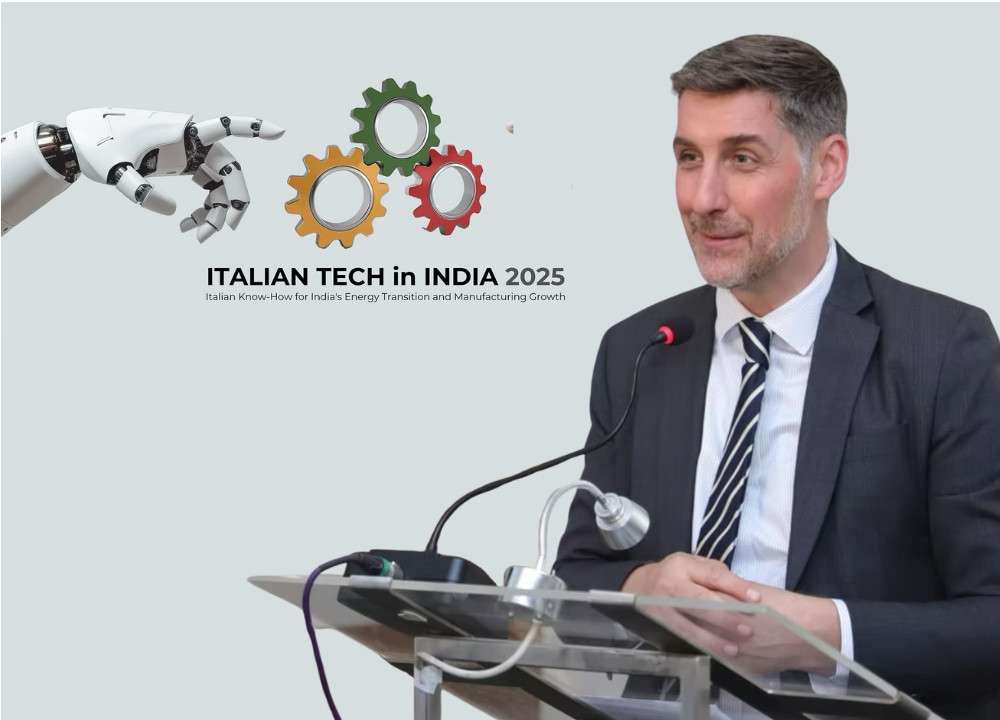At the Mobile World Congress 2025, Jio Platforms Limited (JPL), in collaboration with AMD, Cisco, and Nokia, revealed plans to develop a groundbreaking Open Telecom AI Platform. This platform is set to deliver AI-driven solutions to support operators and service providers, aiming to boost efficiency, security, capabilities, and generate new revenue opportunities within the telecom sector.
Leveraging the expertise of leaders in fields such as RAN, Routing, AI Data Centers, Security, and Telecommunications, the new AI platform will establish a central intelligence layer for telecom and digital services. This innovative, multi-domain intelligence framework will integrate AI and automation across every aspect of network operations.
The platform will be agnostic to large language models (LLMs) and will use open APIs to enhance its functionality. Combining agentic AI with both LLMs and domain-specific small language models (SLMs), as well as non-GenAI machine learning techniques, the Telecom AI Platform will provide end-to-end intelligence for network management and operations.
“Through the use of agentic AI across all telecom layers, we are creating a multimodal, multi-domain platform that redefines efficiency, intelligence, and security within the telecom industry,” said Mathew Oommen, Group CEO of Reliance Jio. “In partnership with AMD, Cisco, and Nokia, Jio is advancing the Open Telecom AI Platform to transform networks into self-optimizing ecosystems that adapt in real time, enhance user experiences, and open up new service and revenue streams.”
Lisa Su, CEO of AMD, stated, “We are excited to collaborate with Jio Platforms, Cisco, and Nokia to power the next-generation AI-driven telecom infrastructure. By leveraging our portfolio of high-performance computing solutions, service providers can create more secure, scalable, and efficient networks. This partnership will help deliver innovative services that will shape the future of communications.”
Chuck Robbins, CEO of Cisco, added, “Our collaboration with Jio Platforms, AMD, and Nokia brings together the best in the industry to revolutionize networks using AI. With Cisco’s integrated solutions, including Agile Services Networking, Data Center Networking, and AI Defense, we are excited to help drive efficiency, enhance security, and unlock new revenue opportunities.”
Pekka Lundmark, CEO of Nokia, commented, “Nokia brings its trusted leadership in domains like RAN, Core, and broadband to this important initiative. The Open Telecom AI Platform will help Jio optimize and monetize network investments through enhanced performance, security, automation, and a better overall customer experience, powered by AI.”
The Open Telecom AI Platform, developed by JPL, AMD, Cisco, and Nokia, will be initially deployed by Jio, setting a reference architecture for the global service provider market. This platform aims to enhance performance, reliability, security, and the customer experience while fostering joint development and commercialization of AI-powered telecom solutions. The goal is to transform connectivity and enable intelligent automation, optimize network operations, and accelerate the adoption of AI-driven applications for better enterprise and consumer experiences.
Jio Platforms, a subsidiary of Reliance Industries, has built an advanced, future-proof network based on 5G and 4G LTE technologies. The network is designed to be scalable to future technologies like 6G. Jio’s efforts have been instrumental in advancing India’s digital ecosystem, supporting the vision of Digital India for 1.4 billion citizens.
With over 50 years of innovation in high-performance computing, AMD enables cutting-edge solutions for industries worldwide, empowering users to improve their daily lives. Cisco, a leader in secure global connectivity, continues to help businesses unlock innovation and enhance productivity through AI-powered solutions. Nokia, a leader in B2B technology, is pioneering networks that leverage mobile, fixed, and cloud technologies to create high-performance networks, supporting both today’s and future digital service applications.








